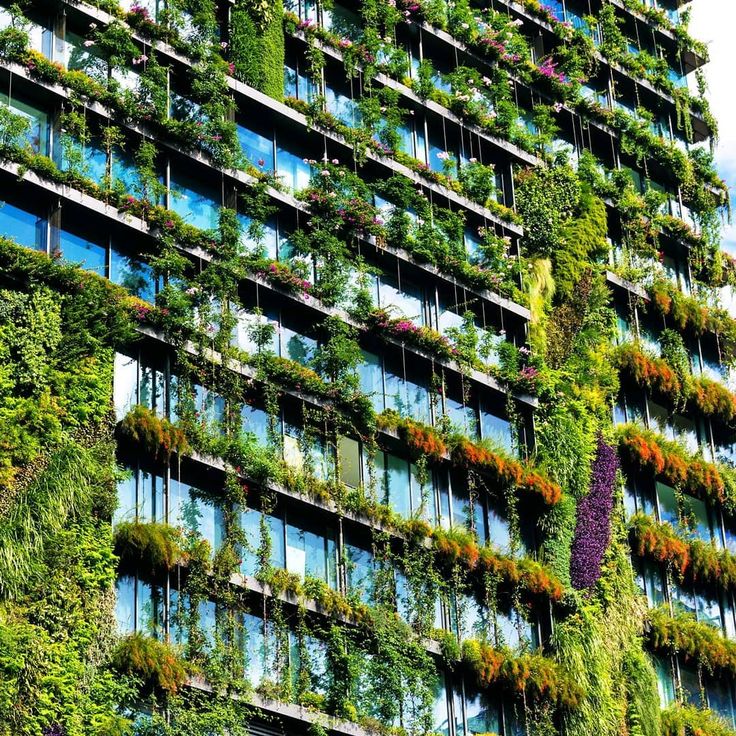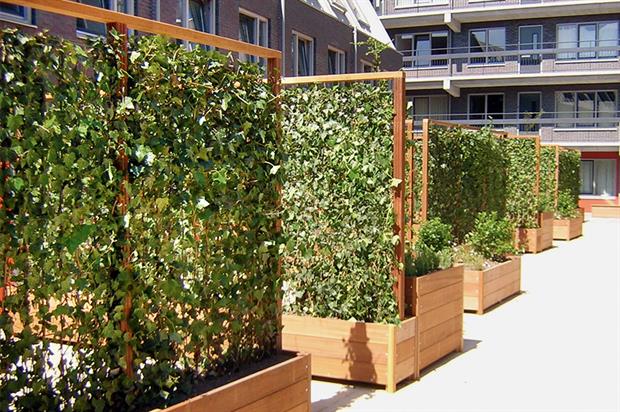
Air Quality Improvement with Vertical Gardens
Introduction
Improving air quality is a pressing concern in today’s rapidly urbanizing world. The negative impacts of air pollution on human health and the environment are well-documented, and finding innovative solutions to combat this problem is crucial. One such solution that has gained significant attention is vertical gardens. These unique green spaces on vertical surfaces have shown promise in improving air quality and creating healthier urban environments. In this article, we will explore the historical background, key concepts and definitions, benefits, design and implementation, impact on human health, case studies, current trends, challenges, future outlook, and the significance of vertical gardens for air quality improvement.
Historical Background
The concept of vertical gardens dates back centuries, with historical instances of their utilization for various purposes. Hanging gardens were one of the earliest examples of vertical gardens and were famously associated with the ancient city of Babylon. These gardens not only added beauty to the landscape but also served as a source of fresh air and natural cooling. Over time, vertical gardens evolved and were used in different civilizations for aesthetic and functional purposes. However, it is only in recent years that vertical gardens have gained recognition as a potential solution for improving air quality in urban areas.
Key Concepts and Definitions
Vertical gardens, also known as living walls or green walls, are vertical structures that support the growth of plants. These gardens can be installed on the exterior or interior walls of buildings, providing numerous benefits. The connection between vertical gardens and air quality improvement lies in their ability to absorb and filter air pollutants. Plants play a crucial role in this process by absorbing harmful gases and particulate matter through their leaves and roots. Additionally, they convert carbon dioxide into oxygen through photosynthesis, reducing the concentration of this greenhouse gas in the air. Key terms associated with vertical gardens and air quality improvement include air pollutants, filtration, and air quality index.

Main Discussion Points
Benefits of Vertical Gardens for Air Quality Improvement
Vertical gardens offer several benefits in improving air quality. Firstly, they act as natural air filters, absorbing and filtering out harmful pollutants such as volatile organic compounds (VOCs) and particulate matter. The vegetation in vertical gardens traps these pollutants and prevents them from circulating in the air. Secondly, plants release oxygen into the atmosphere as a byproduct of photosynthesis, contributing to higher oxygen levels and healthier air quality. Lastly, vertical gardens have been shown to reduce indoor air pollution by absorbing toxins commonly found in indoor environments, such as formaldehyde and benzene.
Design and Implementation of Vertical Gardens for Air Quality Improvement
When designing and implementing vertical gardens for air quality improvement, several factors need to be considered. Different types of vertical garden systems offer various advantages and challenges. The selection of plant species is crucial, as certain plants are more efficient in pollutant absorption and have better air-purifying capabilities. Factors like sunlight exposure, irrigation, and maintenance requirements must also be taken into account to optimize the effectiveness of vertical gardens. Regular monitoring and maintenance are necessary to ensure the long-term success of these green installations.
Impact of Vertical Gardens on Human Health
Improved air quality resulting from vertical gardens has a positive impact on human health. Studies have shown that exposure to cleaner air reduces the risk of respiratory diseases, cardiovascular issues, and allergies. Vertical gardens can contribute to lower levels of air pollutants, resulting in a healthier living and working environment. Beyond physical health benefits, being in a green environment has psychological advantages as well. Green spaces have been linked to reduced stress levels, improved mental well-being, and increased productivity.

Case Studies or Examples
Several real-world examples demonstrate the successful implementation of vertical gardens for air quality improvement. One notable case is the Bosco Verticale in Milan, Italy. This pair of residential towers is covered with more than 20,000 plants, providing significant air purification and creating a sustainable urban ecosystem. Another example is the One Central Park in Sydney, Australia, which incorporates vertical gardens into its architecture, contributing to improved air quality in the city. These case studies highlight the positive outcomes and transformative impacts that vertical gardens can have on combating air pollution.
Current Trends or Developments
Recent research has focused on further understanding the effectiveness of vertical gardens for air quality improvement. Studies have explored the impact of different plant species, design variations, and maintenance techniques on pollution reduction. Additionally, innovative designs and technologies are being used to enhance the efficiency of vertical garden systems. The adoption of vertical gardens for air quality improvement is also increasing, with more urban areas recognizing their potential benefits and incorporating them into city planning.
Challenges or Controversies
While vertical gardens show promise in improving air quality, they are not without challenges and controversies. One challenge is the scalability of vertical gardens, especially in densely populated urban areas with limited space. The cost-effectiveness of implementing and maintaining vertical gardens can also be a concern, as it often requires significant investment and ongoing maintenance. There may also be differing viewpoints regarding the effectiveness of vertical gardens as a standalone solution for air quality improvement. Critics argue that other measures, such as reducing emissions at the source, should be prioritized over vertical gardens.

Future Outlook
The future implications of vertical gardens for air quality improvement are promising. As technology advances, vertical gardens are likely to become more accessible and efficient. Innovations in irrigation systems, plant selection, and building integration will contribute to the widespread adoption of vertical gardens. Collaboration between researchers, architects, and urban planners will further drive the development and implementation of these green solutions. With the potential to create healthier and more sustainable urban environments, vertical gardens are poised to play a significant role in improving air quality in the future.
Conclusion
In conclusion, vertical gardens offer an innovative and effective solution for improving air quality in urban areas. Their ability to absorb and filter air pollutants, convert carbon dioxide into oxygen, and reduce indoor air pollution make them a valuable asset in creating healthier environments. Real-world examples, ongoing research, and current trends demonstrate the growing interest and recognition of vertical gardens for air quality improvement. While challenges and controversies exist, the future outlook for vertical gardens remains positive. By harnessing technology and fostering collaborations, vertical gardens have the potential to transform urban landscapes and contribute to a more sustainable future.




